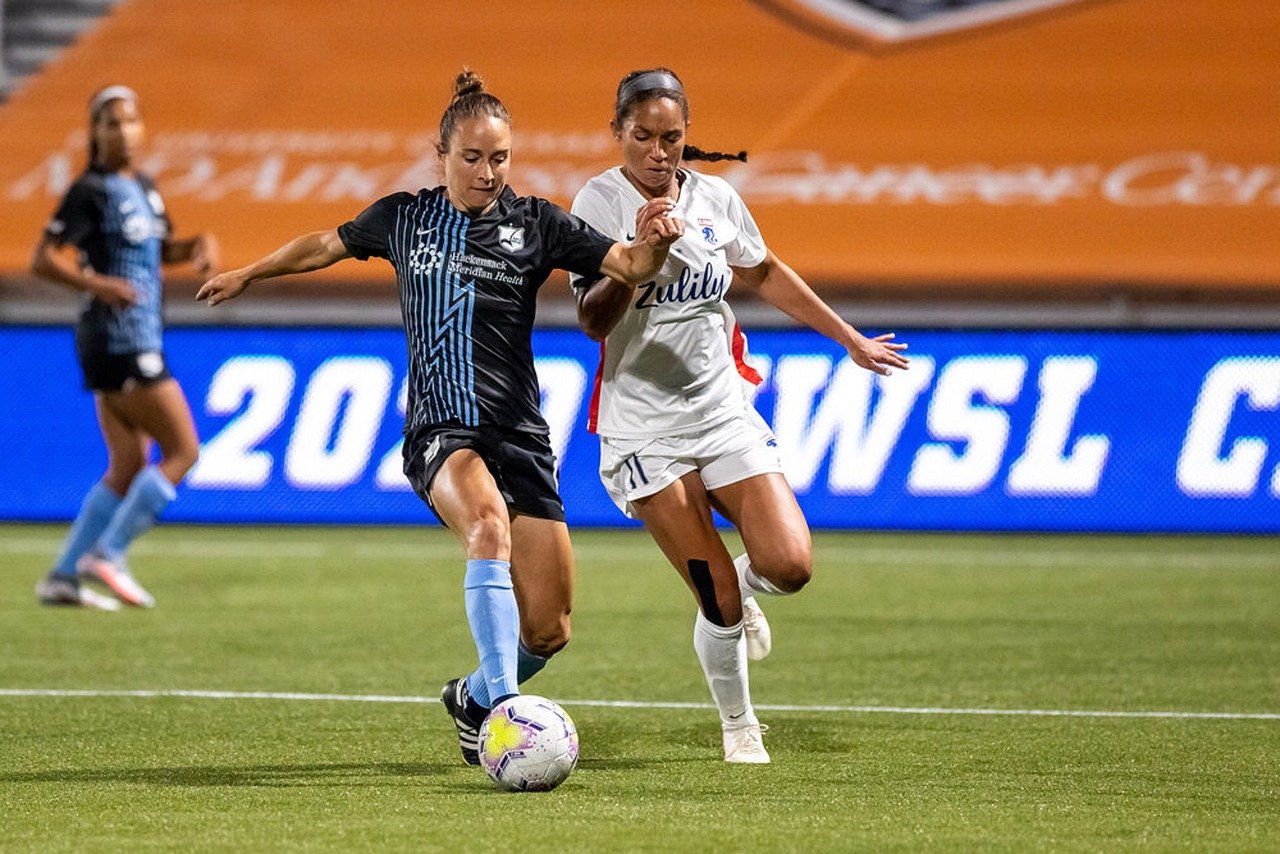Trademark Considerations for the NCAA’s NIL Policy

(Editor’s Note: What follows is an article from Sports Litigation Alert, a subscription-based newsletter published by Hackney Publications.)
By Corinne Zucker, of Cozen O’Connor
On June 30, 2021, the National Collegiate Athletic Association (“NCAA”) Division I, II, and III sports finally adopted a groundbreaking uniform interim policy suspending NCAA name, image and likeness (“NIL”) rules for all incoming and current student-athletes. Previously, the NCAA forbade college athletes to profit from their NIL. The NCAA relied on antitrust law, which permitted them to eliminate any sort of athlete compensation and to distinguish college athletics from professional sports based on “a revered tradition of amateurism in college sports.” National Collegiate Athletic Ass’n v. Board of Regents of the University of Oklahoma, 468 U.S. 85, 120 (1984). With the new interim policy, NCAA athletes are allowed to make money from a wide variety of business ventures without losing their eligibility.
The NCAA’s decision came just days after the Supreme Court unanimously ruled against the NCAA in a major antitrust case, National Collegiate Athletic Association. v. Alston, 141 S. Ct. 2141 (2021). The Court’s decision upheld a district court order that enjoined the NCAA from enforcing limits placed on education-related benefits. The Court noted that the student athletes showed that the NCAA could still maintain the distinction based on “amateurism” between college and professional sports with less restrictive alternative rules related to educational benefits.
Although the antitrust issue in Alston did not directly concern NIL, the Court’s opinion increased doubts over the NCAA’s ability to survive future challenges. The NCAA feared that Alston would just invite more lawsuits, so they opted for the more legally durable approach. The Alston decision forced the NCAA to finally allow college athletes to earn money from their fame.
Intellectual Property and NIL
Commercializing a college athlete’s NIL is new territory. For the first time, college athletes are now eligible to monetize their social media accounts and make money from advertising campaigns. Given this novel field, athletes should consider an effective trademark strategy. A trademark is a combination of words and/or symbols that allow consumers to identify and associate a brand with a particular good or service. While common law trademark rights exist, a well-established trademark registered with the United States Patent and Trademark Office (“USPTO”) is a valuable piece of intellectual property that creates a legal presumption of ownership.
Professional athletes have benefitted from registering a trademark for their names, logos and slogans for years. College athletes should now do the same.
Trademarking an athlete’s name allows the student athlete to control how their name is used. Athletes may use trademarks to defend against unauthorized use of their name as well. Many professional athletes (including Michael Jordan, for one) trademark their names and have benefited from its protections. Trademarking a logo or a slogan gives a student athlete the exclusive right to profit from the design or saying. Athletes may coin a trendy phrase which could easily turn into a successful branding campaign. Protecting the slogan through a trademark allows the college athlete to control its use. By applying for a trademark for a logo, the athlete decides where the logo appears, which other parties may use it, and how it may change over the years.
Just like its athletes, colleges and universities are also being thrust into a new world of NIL activities. Schools should consider providing training on how students may build their brands while being mindful of the school’s guidelines on how athletes may use social media. The NCAA NIL policy forces higher education institutions to decide whether to allow its college athletes to use the school’s trademarks, logos, slogans, copyrighted materials or other intellectual property.
Colleges and universities are split on whether to allow its students to use the institution’s intellectual property. Schools that do allow use of its intellectual property often have restrictions. If a college permits athletes to use its intellectual property (for example, by allowing an athlete to wear their team jersey or use the school’s logo in a television advertisement), it may imply that not only is the student endorsing the business, but the college is also approving it. This could lead to a slippery slope, and for this reason, some schools have decided against allowing its college athletes to use university intellectual property. For instance, these schools’ policies might tell students not to wear their team jerseys while conducting interviews and not to participate in NIL activities in locker rooms or on fields. However, if a college denies use of its intellectual property altogether or makes the conditions of use too difficult, students and parents may choose not to attend these institutions, as it will hurt the student athlete’s own value.
Given the recent watershed NCAA NIL policy, college athletes should consider registering trademarks to protect their brand, and universities must clearly establish how they will guide its students to use school university intellectual property while pursuing these business endeavors. Student athletes need not be considered “amateurs” when it comes to solidifying their rights through intellectual property.
